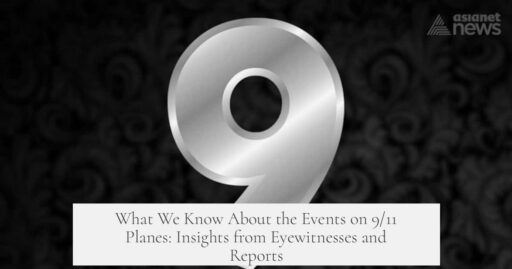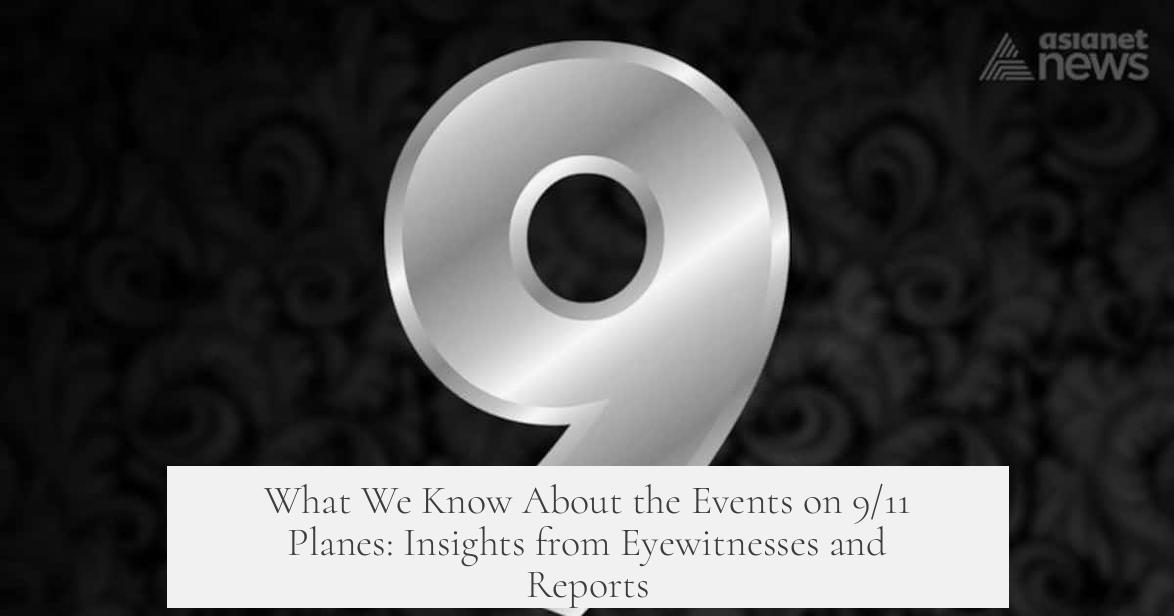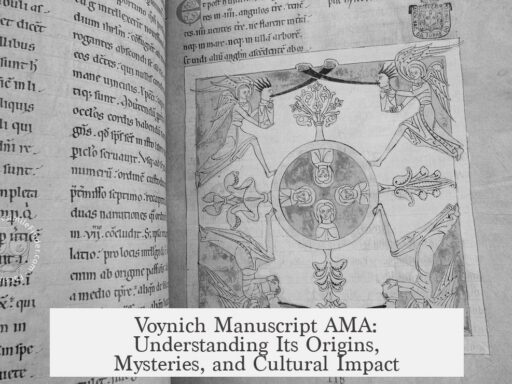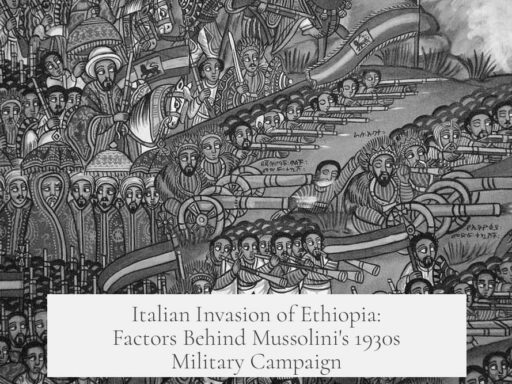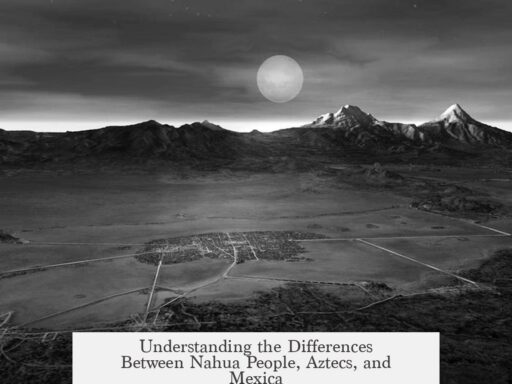We know a significant amount about what occurred on the planes during 9/11 through a combination of first-person accounts, evidence from passengers and crew, interrogations of hijacking planners, and detailed investigations such as the 9/11 Commission Report.
Key knowledge comes from passengers and crew who communicated during the hijackings. At least 10 passengers and two crew members shared vital information with people on the ground. They reported the hijackers used knives, boxcutters, and red bandanas. The hijackers claimed to have bombs and forced passengers to the back of the planes. These communications provided direct, real-time insight into the events.
Additional understanding stems from interviews and interrogations of 9/11 planners, including Tawfiq bin Attash (Khallad). These sources revealed the hijackers’ intended plans and tactics. Combining this with survivors’ accounts forms a clearer picture of the hijackings.
The 9/11 Commission Report further clarifies the details. Published publicly and extensively researched, it contains witness testimonies, phone records, and forensic evidence. The report’s first chapter specifically addresses the hijackings and passenger responses. This document remains a cornerstone for information on the attacks.
Popular media, like the film Flight 93, generally strive for accuracy based on these sources. The film aligns closely with known facts, except for some creative liberties. For instance, there is no solid evidence that guns were used, despite one isolated claim. Also, some portrayed passenger behaviors, such as attempts to appease hijackers, lack confirmation in official records.
To summarize:
- Passenger and crew phone calls confirm hijackers used knives and claimed bombs.
- Interrogations of planners reveal hijackers’ intentions and methods.
- The 9/11 Commission Report compiles extensive verified evidence about the flights.
- Films like Flight 93 mostly depict events accurately, with minor dramatic additions.
This multi-source approach provides a detailed and reasonably reliable account of what occurred on the planes during the 9/11 attacks.
How Much Do We Really Know About What Happened on the Planes During 9/11?
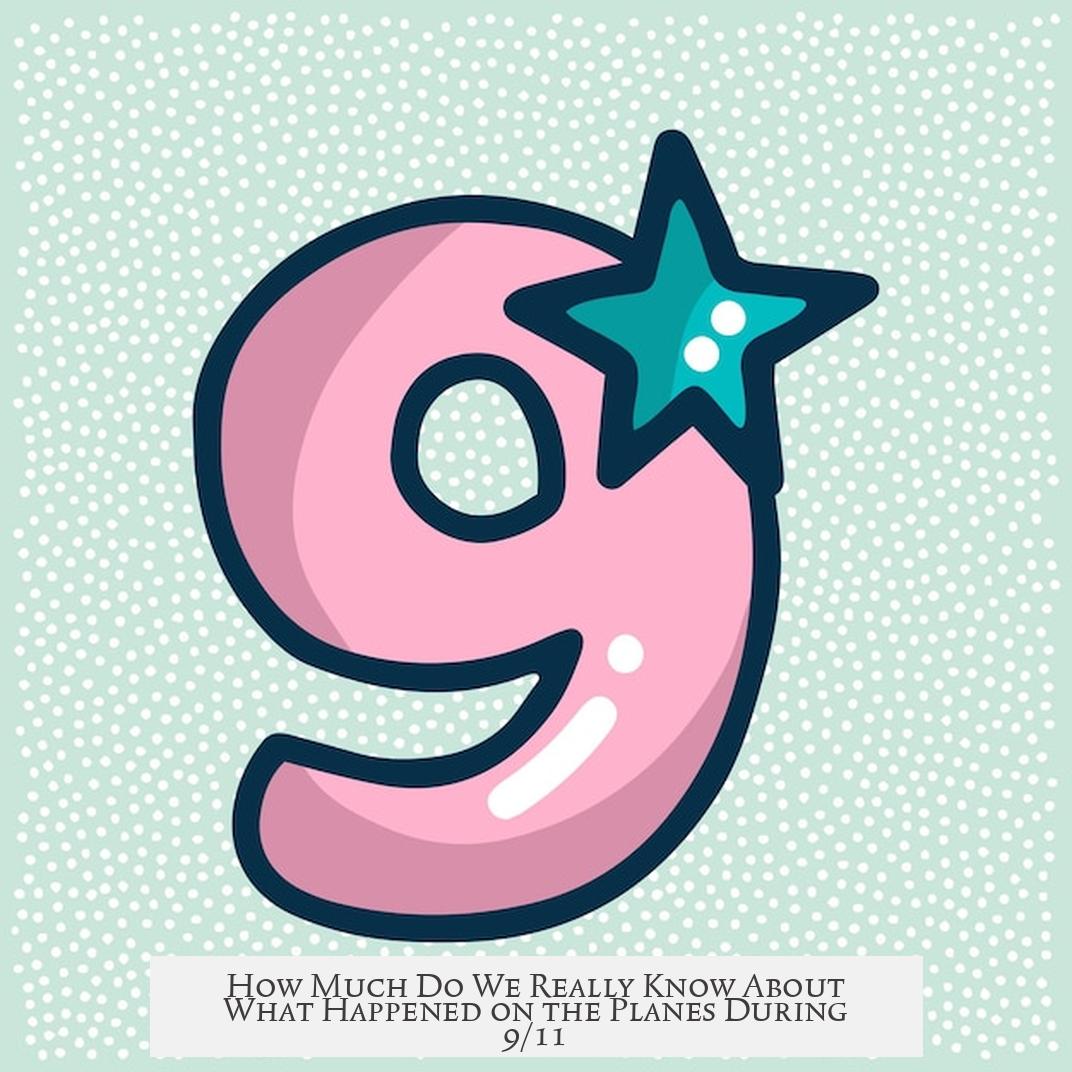
Simply put: We have a surprisingly detailed picture of what took place on the planes during 9/11, pieced together from first-person accounts, audio recordings, interrogations of planners, and rigorous investigations. Our knowledge comes from a mix of direct testimony, intelligence gathered afterward, and official inquiries, giving us a clear, though not flawless, view of those harrowing moments.
But how deep does this understanding go? And what forms the solid ground beneath our knowledge? Let’s break it down.
Voices from the Sky: First-Person Accounts and Hijackers’ Plans
The most direct insight comes from first-person sources. Not your typical story circle, but audio recordings and detailed interrogations of the 9/11 masterminds.
For example, Tawfiq bin Attash, known by many as Khallad, was a key operative in the 9/11 planning. Through his interrogations, investigators extracted critical information about the hijackers’ intentions and operational details. These interrogations offer a rare peek behind the curtain, revealing the calculated nature of the attacks. These recorded memories aren’t just hearsay; they flesh out the plan’s architecture.
Picture it: a careful blueprint of chaos designed to hijack four planes simultaneously. Interrogations allowed authorities to understand how the hijackers planned routes, took control, and what weapons they wielded. It forms the base of our knowledge beyond mere speculation.
Passengers and Crew: Unwitting Heroes Deliver Vital Intel
Here’s where it gets incredibly human. At least 10 passengers and two crew members courageously communicated vital information despite the terrifying circumstances.
They shared details with family, friends, or colleagues on the ground—vital pieces of the puzzle. The passengers on United Airlines Flight 93, for instance, confirmed the hijackers wielded knives and claimed to have bombs. Those little red bandanas became a terrifying uniform for the attackers, as reported by those trapped inside.
Passengers and crew reported how hijackers forced everyone to the back of the plane, a detail that matches the official timeline. This isn’t just hearsay; it’s multiple reports reinforcing one another.
Imagine a passenger calling a loved one, voice trembling but determined, warning, “The flight’s been taken over!” These firsthand messages became crucial in understanding the unfolding crisis.
The Film “Flight 93”: Fact or Fiction?

Our collective understanding of events is sometimes filtered through popular culture, like the 2006 film “Flight 93.” It aimed to portray the brave struggle on the plane as realistically as possible.
The filmmakers stuck closely to facts but didn’t shy away from taking creative license occasionally. For example, the film shows a passenger named Christian Adams making peace with hijackers — but the evidence tells a different story; no records show this ever happened.
Also, there was one isolated report about a gun on Flight 93, but it remains unsubstantiated by recordings, security footage, or wreckage. The film wisely errs closer to reality rather than entertaining wild theories, showing heroism and terror without melodrama.
The 9/11 Commission Report: The Definitive Source
For those craving a deep, well-researched dive, the 9/11 Commission Report remains the cornerstone document.
This report synthesizes all available evidence, including testimonies, phone calls, and intelligence data, into an accessible narrative. Many questions about the in-flight experiences are answered in its gripping opening chapters.
It’s well worth a read—not just as a PDF, but as a physical copy to keep handy. The writing won a finalist spot for the 2004 National Book Award for non-fiction. It’s both informative and engaging, grounding you in facts rather than emotion or speculation.
What Does This Mean for Understanding 9/11?
When we ask, “How much do we know?” the answer is: quite a bit, thanks to multiple sources converging coherently.
- Direct testimonies: Passengers and crew communicated live during crises, providing authentic details.
- Interrogations: Planners’ confessions reveal the attackers’ intentions and thought processes.
- Official reports: Investigations like the 9/11 Commission Report compile all evidence systematically.
- Media portrayals: Films generally stick close to truth while sometimes dramatizing minor elements.
Despite that, there are gaps. The chaos in those moments — locked doors, quick decisions — means not every detail emerged exactly in full clarity. But the base remains robust. Modern technologies, voice recordings, real-time phone calls, and thorough investigations leave little room for doubt about what unfolded.
Why Should We Care About These Specifics?

Understanding these specifics isn’t just academic. It honors the victims, heroes, and survivors by accurately preserving their stories.
Plus, the clarity helps counter misinformation. The 9/11 attacks sparked numerous conspiracy theories, but detailed knowledge provides sharp tools to debunk falsehoods.
For example, knowing that hijackers did not carry guns on the planes but instead knives and box cutters corrects myths. Knowing passengers attempted to resist and communicate under extreme stress inspires respect.
Final Thoughts: How Knowledge Shapes Memory and Policy
So, how much do we truly know about the planes during 9/11? Enough to soberly reconstruct those hours, down to who said what, who held what weapon, and how events unfolded. The basis for this knowledge is solid — from courageous passengers’ calls to detailed interrogations and formal reports.
This understanding shapes not just history books but also policies, aviation security, and emergency response plans worldwide. The lessons from those flights transformed how we fly and protect ourselves today.
Next time you buckle up for a flight, spare a thought for those voices from the past – a powerful, factual legacy illuminating the darkest moments of September 11, 2001.
